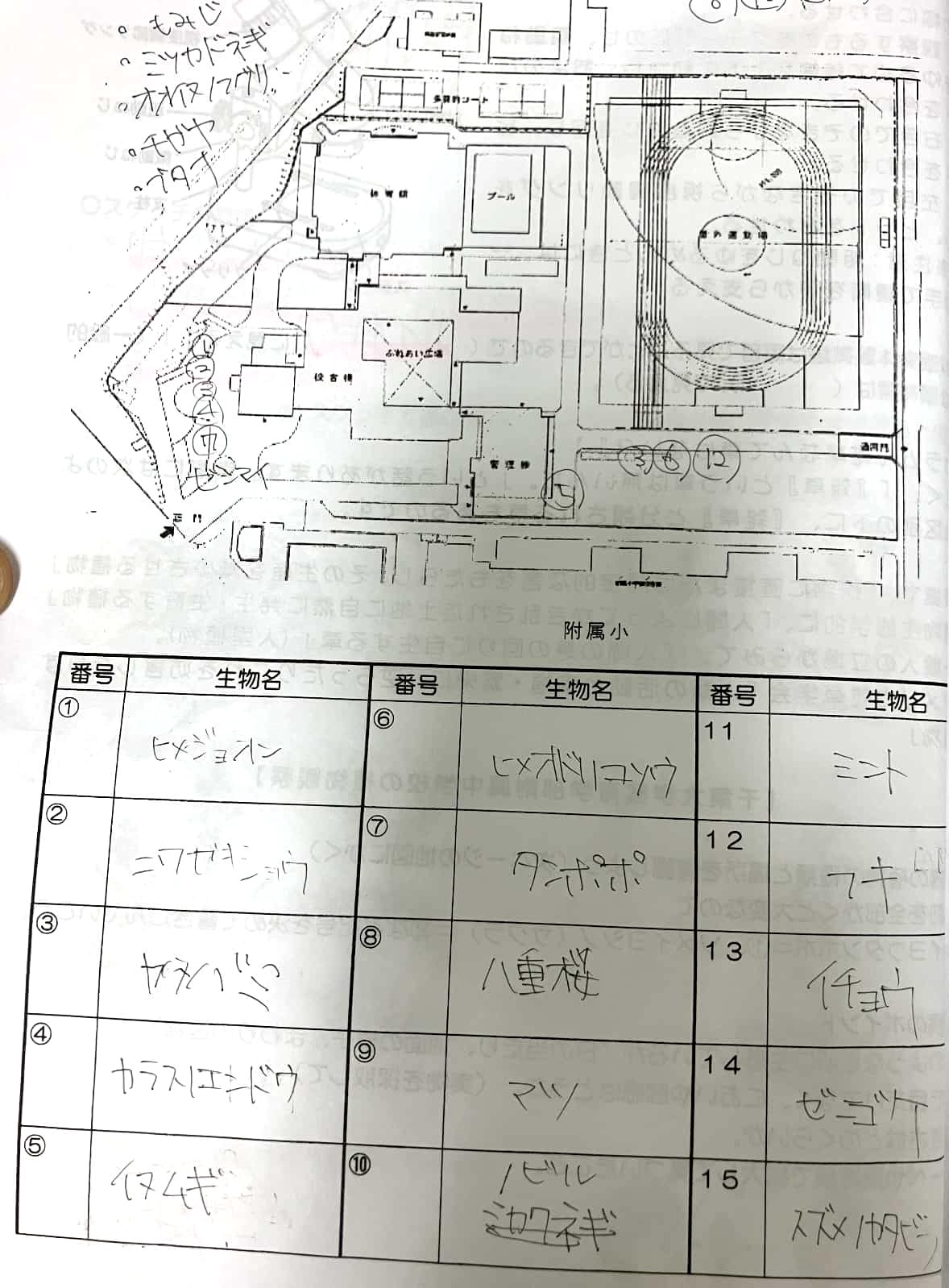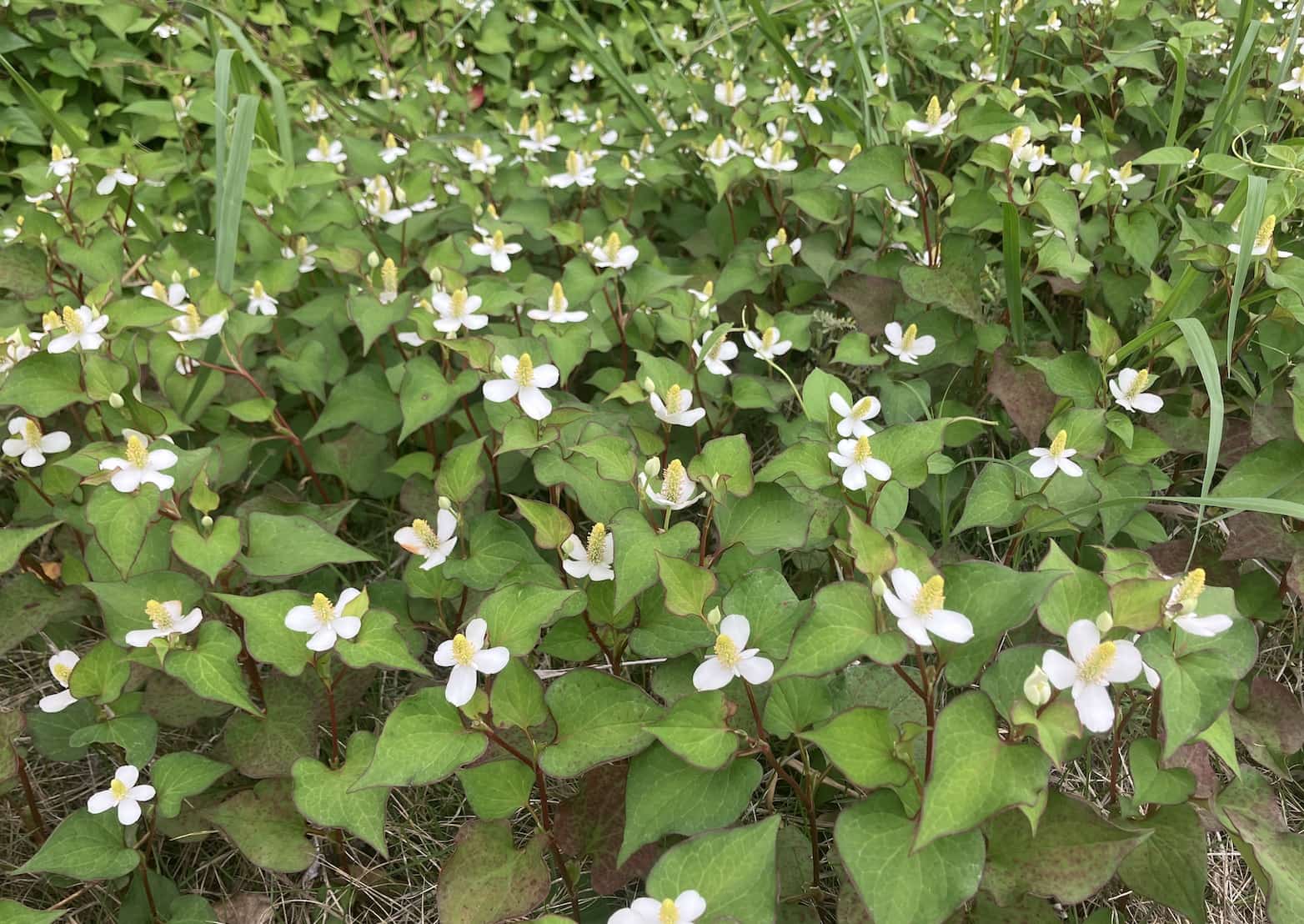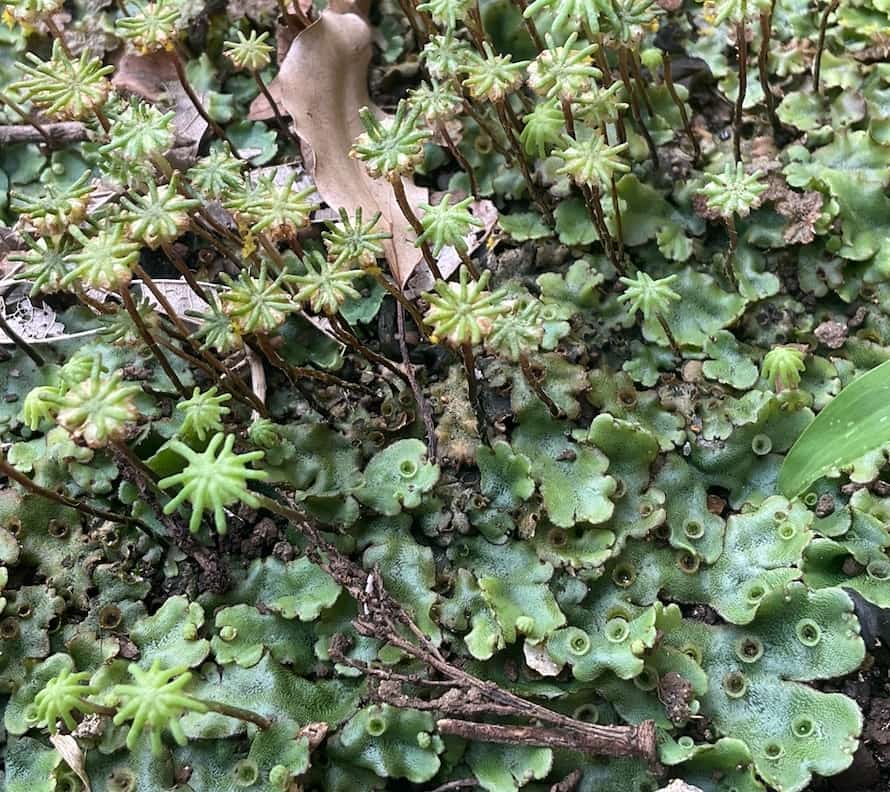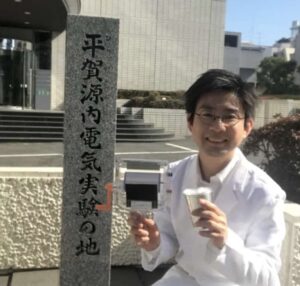Forget Textbooks: How a Schoolyard Walk Becomes a Real-Life Biology Treasure Hunt
I’m Ken Kuwako, a Science Trainer, and for me, every day is an experiment.
What comes to mind when you hear the phrase “studying science”? Maybe it’s thick textbooks, complicated jargon, and endless memorization. But what if your very first science lesson was a treasure hunt? Wouldn’t that get you excited?
In reality, the area around your school—where you walk every day—is a “living textbook” filled with wonder and discovery. Stepping outside the classroom is the start of an adventure. Think about the tiny plants poking out of the cracks in the asphalt, or the moss quietly clinging to the corner of the schoolyard. These aren’t just “weeds”; they are incredible survivors, each with a unique “strategy” for staying alive.
Every year, I start my 7th-grade biology class by taking the students for a walk around the school to search for the plants that thrive there. Hunting for plants while enjoying the refreshing breeze of May doesn’t feel like rigid “studying” at all—it’s exactly like a treasure hunt.
The early spring, in particular, is the best season to feel the breath of life as various plants bud and bloom. As we walk together, I prompt them with questions like, “What do you think this is?” “How does this leaf feel when you touch it?” “What does it smell like?” Engaging all five senses deepens their powers of observation immensely.
Today, I’ll share the specific way we conduct our “Plant Expedition Around the School” in class and highlight the biology lessons that branch out from it. You don’t need much preparation. All you need is your curiosity and a little bit of time.
Here is a plant map created by one of my students.

A Treasure Hunt at Your Feet! A Practical Guide to Observing Local Plants
The goal of this plant expedition is to realize, “Wow, there’s so much biodiversity right here in my local environment!” and to get curious about where and how each plant manages to survive.
- Teacher Pre-Survey: The teacher should walk around the school beforehand to identify what types of plants exist and where characteristic ones can be found. This ensures a smoother guided walk for the students. Be sure to check for any potential hazards to ensure student safety.
- Writing Supplies: Pencils and erasers.
- Notebooks or Handout Map: A simple map of the school area (even hand-drawn is fine) makes it easier to record the location of discovered plants.
- Digital Camera or Smartphone: Useful for recording, but not essential.
- Work Gloves (Optional): Good for handling certain types of plants.
Observation Tips and Conversation Starters:
Let the adventure begin! Don’t just walk; use all your senses.
- Engage All Five Senses!
- Three-cornered Leek (Wild Garlic): “Look, here’s some Three-cornered Leek. Try pulling one out and smelling it. What does it smell like?” (Students are surprised by the distinct onion/garlic aroma! They realize different plants have different scents. Comparing it to store-bought onions is fun, too.)
- Mint: “Hey, look! We found Mint here. Gently crush a leaf and smell your fingers. Do you feel a cool, tingling sensation?” (That cool sensation comes from a compound called “menthol.” This is actually a defense chemical the plant created to avoid being eaten by insects! For us humans, though, it smells great.)
- Houttuynia (Fish Mint): “This is Houttuynia. It has a unique smell, but it’s been used as a medicinal herb in Japan for centuries. It’s small now, but in two months, this whole area will be a carpet of Houttuynia, so make sure to get a good look at it today.” (Amazing reproductive power! Doesn’t it make you wonder what strategy it uses to spread so aggressively?)

- Spotting Differences and Diversity:
- Cat’s Ear (False Dandelion): “This is called Cat’s Ear, or False Dandelion. It looks just like a dandelion, right? But if you look closely, are there any differences between this and a real dandelion?” (Finding look-alikes is fun! Spotting the differences is the first step toward “classification.”)
- Cogongrass: “Near the water, we have Cogongrass. It looks beautiful swaying in the wind.” (This discovery shows that certain plants thrive only in specific environments, like near water.)

- Focus on Specific Plants:
- Liverwort: “Here’s some Liverwort. Does it seem to grow more in damp, shady spots? Liverwort is a type of ‘moss’—it doesn’t bloom or make seeds. It’s a very old type of plant, having been on Earth since before the time of the dinosaurs!” (Later, observing it under a microscope reveals an even more fascinating world!)

From Observation to Insight: Deepening Biology Learning
We don’t just finish the walk and say, “That was fun!” The activities we do back in the classroom turn these discoveries into real “learning.”
- Create a “Plant Map”: Have students record the plants they noticed on the pre-prepared map. They should write down the location and the plant name, such as “Three-cornered Leek near the entrance” or “Houttuynia next to the pool.” This completes their own personal “School Treasure Map.”
- Research and Presentation: Have students become “detectives,” individually or in groups, to research the plants they found.
- What is the origin of its name? (Why is “Cat’s Ear” called that?)
- What are its key characteristics?
- Is it edible, or is it poisonous?
- What kind of environment does it grow in?
- How does it multiply? (Seeds? Roots?)
- What makes it different from other plants? By having them use the internet and field guides to gather information, discuss it in groups, and present their findings, their knowledge will solidify.
- Analyze the Environmental Relationship: This is where the real science begins. Encourage them to think: “Why is this specific plant growing in this exact spot?” “Why do different plants grow in sunny areas versus shady areas?” This line of thinking is the first step toward understanding the relationship between plants and their environment—the concept of the ecosystem. By considering the “strategies” each plant uses to survive in its location, they uncover the profound depth of biology.
What did you think? While plant observation might seem simple, with a little creativity and guidance, it can stimulate all our senses and lead to deep learning. I hope you’ll join us in discovering the wonder and diversity of life hidden in the nature all around us.
Outside the classroom, there are countless “whys” waiting to be found that aren’t written in any textbook!
Contact & Requests
We’re here to bring the wonder and fun of science closer to you! We provide easy-to-understand summaries of fun science experiments you can do at home, along with tips and tricks. Feel free to search around! ・The content from our science blog has been published as a book. Details here. ・About the site administrator, Ken Kuwako, click here. ・For various requests (writing, lectures, science classes, TV supervision/appearances, etc.), please click here. ・Article updates are posted on X!
![]() Experiment videos are available on the Kagaku no Neta Channel!
Experiment videos are available on the Kagaku no Neta Channel!


